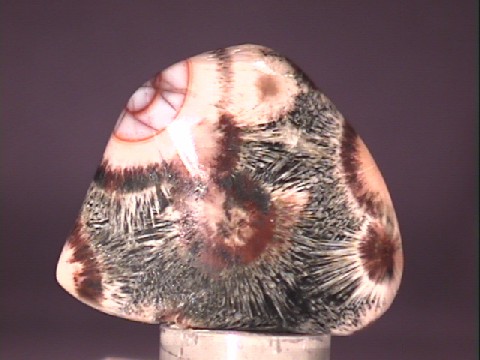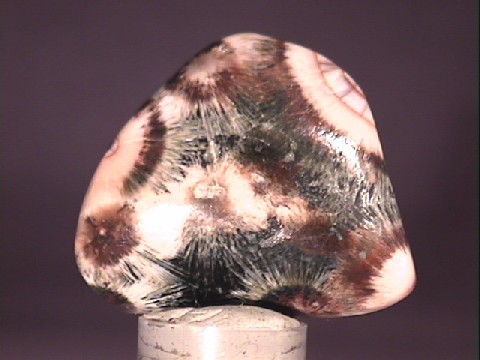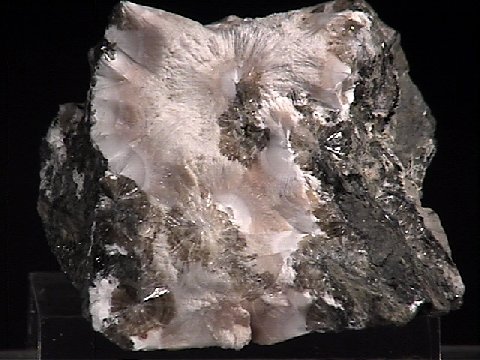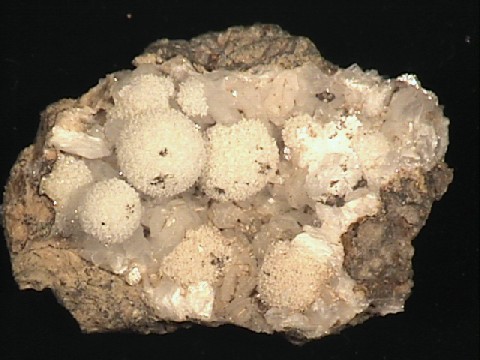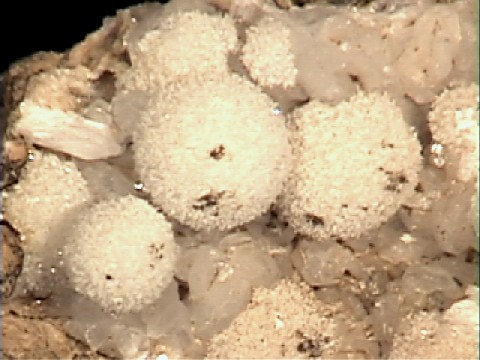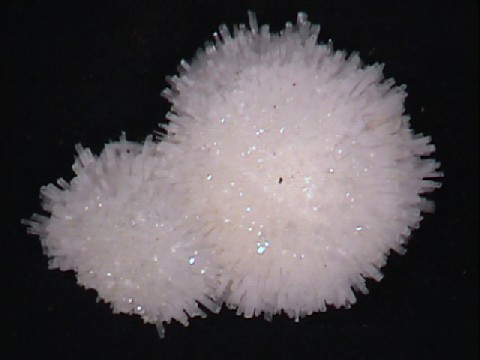 THE MINERAL THOMSONITE
THE MINERAL THOMSONITE
- Chemistry: NaCa2Al5Si5O20 - 6H2O, Hydrated sodium calcium aluminum silicate.
- Class: Silicates
- Subclass: Tektosilicates
- Group: Zeolites
- Uses: Mineral specimen and chemical filter.
Specimens
Zeolites are known to have an openness about their structure that allows large ions and molecules to reside and actually move around inside the overall framework. The structure actually contains open channels that allow water and large ions to travel into and out of the crystal structure. The size of these channels controls the size of the molecules or ions and therefore a zeolite can act as a chemical sieve, allowing some ions to pass through while blocking others.
PHYSICAL CHARACTERISTICS:
- Color is clear, white and yellow .
- Luster is vitreous.
- Transparency: Crystals are transparent to translucent.
- Crystal System is orthorhombic.
- Crystal Habits include tight acicular radiating clusters and sphericules. Blocky, prismatic, fibrous and tabular crystals are also known.
- Cleavage is perfect.
- Fracture is uneven.
- Hardness is 5 - 5.5
- Specific Gravity is approximately 2.2 - 2.4 (light).
- Streak is white.
- Associated Minerals are quartz, calcite, chabazite, natrolite, heulandite, stilbite and other zeolites.
- Notable Occurrences include Saxony, Germany; Italy; Faroe Islands; Kilpatrick Hills, Scotland and Kern Co., California and Cape Lookout, Oregon, USA.
- Best Field Indicators are crystal habit, density, hardness and associations.

